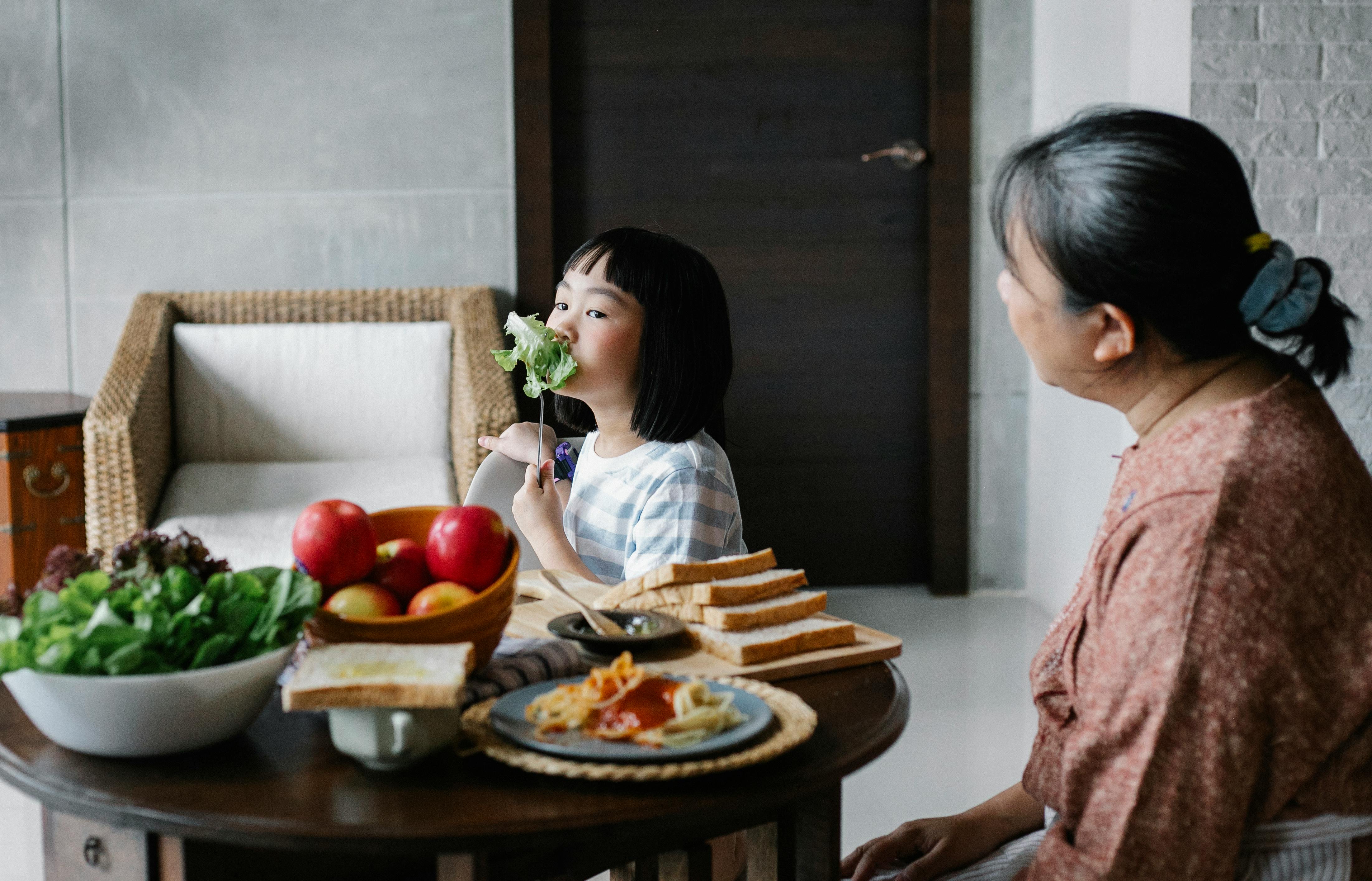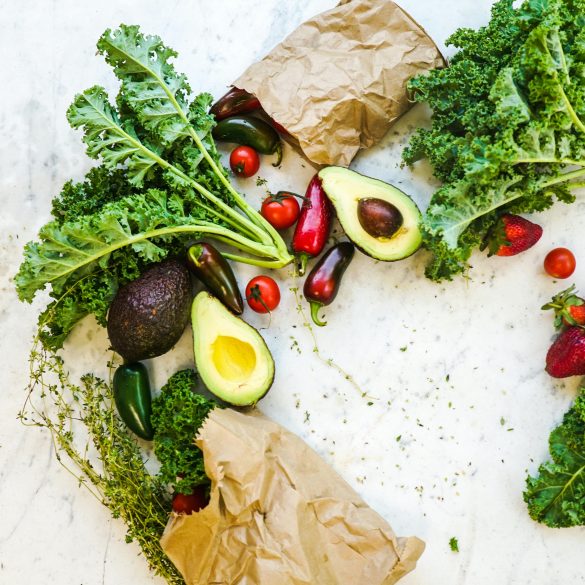Niger Healthy Meal Planning: Fast, Local and Family-Friendly Ideas
Food doesn’t just fill bellies in Niger—it grounds families, weaves generations together, and (if you ask most Nigerien mothers I’ve met lately) can be a tremendous source of pride, stress, and storytelling. Funny thing is, while I grew up surrounded by the songs of millet pounding before daybreak and the aromas of steaming sauces at sunset, I’ve come to realize just how daunting meal planning can get for today’s busy Nigerien families, especially with jobs, kids, markets, and a looming pressure to “eat well.” What really strikes me is how much of this challenge stems not from lack of knowledge, but from logistical juggle and a desire to reclaim time. This piece is my honest effort to make healthy, quick meal planning—using local Nigerien ingredients—feel a bit more doable for households juggling heaps of responsibilities, tight budgets, and the daily rush.
Why Healthy Meal Planning Matters in Niger
Here’s the thing: In Niger, family meals are a daily anchor. Yet, like everywhere else, “quick and healthy” feels like a contradiction when you’re dealing with power outages, long work days, school schedules, and the unpredictability of local markets. According to a recent FAO report1, 44% of Nigerien families struggle to consistently afford nutritious foods due to rising costs and seasonal scarcity. It’s not exactly breaking news locally—my neighbor Fatoumata reminds me how every rainy season, market choices shrink and prices spike.
Informations clés :
Simple, flexible meal planning can minimize stress, save money, and boost nutritional wellbeing, especially for large or multi-generational households common in Niger.
- Reduces market-time and last-minute cooking stress
- Helps avoid food waste and unwanted spending
- Supports children’s growth, school focus, and family energy
- Can adapt to local seasonality—millet, sorghum, vegetables, pulses
In my experience, even tiny changes—a plan for two meals ahead or prepping sauce bases over the weekend—can be game-changing. But (let me clarify), this isn’t some “overnight fix.” It’s an ongoing dance with tradition, local realities, and family tastes.
Core Principles: Nigerien Family Nutrition
First off, healthy eating in Niger isn’t about dieting or replacing local dishes with imported fads. It’s about embracing foods your grandmother would recognize—millet, beans, leafy greens, local fish, groundnut, tomato. As UNICEF’s 2024 regional nutrition survey notes2, traditional Nigerien foods are packed with fiber, protein, and micronutrients when made with seasonal variety and balanced proportions.
“Healthy families aren’t counting calories—they’re balancing energy-rich staples, seasonal vegetables, and flexible proteins, prepared in ways that fit their daily lives and local culture.”
What excites me (and, frankly, what makes me a bit anxious some days) is realizing how quick, small tweaks—like mixing up grains, adding one more green topping, or using local dried fish—can transform a “standard” meal into something fresher and more balanced without any extra stress.
Did you know?
Nigerien millet-based “fura” balls provide sustained energy with slow-release carbs and magnesium—a staple for busy rural families, now being rediscovered by city dwellers for breakfast-on-the-go!
Here’s my take: Healthy isn’t about perfect balance but consistent, practical choices—simple swaps, prep ahead, and celebrating local flavor.
Local Ingredients: Availability & Cultural Significance
Back when I first started cooking for my own family, I struggled to figure out which “nutritious” items I could realistically source in my Niamey neighborhood—especially on shoestring weeks. What I should have realized from day one: the local Nigerien market is overflowing with powerful, budget-friendly ingredients that fuel generations. Millet, sorghum, black-eyed peas, moringa, sweet potato, dried fish, okra, local tomatoes—each of these has both cultural weight and real health benefits.
Local Ingredient Quick Facts:
- Millet: Cheap, filling, rich in magnesium and iron3
- Sorghum: Excellent source of slow carbs, local fiber
- Moringa: High in vitamin C, protein, and antioxidants
- Dried Fish: Concentrated calcium and omega-3
- Groundnut: Protein boost, essential healthy fats
- Okra and greens: Vitamins plus plant-based iron
Sometimes, I go back and forth about whether to prioritise variety or convenience. On second thought, my preference leans toward whatever keeps kids energetic and adults satisfied with the least kitchen chaos. These days, I prep batches of millet and beans over weekends—because weekday evenings (realistically) are rarely calm.
| Ingrédient | Pleine saison | Nutrition | Meal Use |
|---|---|---|---|
| Millet | Year-round | Iron, magnesium, slow-release carbs | Porridge, balls, bread |
| Sorghum | Rainy season peak | Fiber, minerals | Flatbread, stew base |
| Black-eyed peas | All year, best prices post-harvest | Plant protein, folate | Soups, fritters, mixed with grains |
| Moringa leaves | Dry season, wild harvest | Vitamin C, calcium, antioxidants | Soups, sauces, topping |
| Groundnut | Post-rainy season | Healthy fats, protein | Sauce, soup, snack |
Case in point: The humble millet porridge (“babin”) can be dressed up for breakfast with groundnut powder and dried fruits, or used as a base for weekend lunch with spicy vegetable sauce. This makes it a versatile—and often underrated—foundation for meal planning.
Quick, Healthy Nigerien Meal Ideas
Let me step back for a moment. What truly changed my meal planning routine was tapping into a rotation of simple, staple-based dishes that accommodate local market variability and kids’ picky preferences. Sometimes, it’s easy to forget: quick meals don’t have to mean “boring” or “unhealthy.” Here’s a short list of family-favorites in my circle:
- Millet Porridge with Moringa Sauce (Breakfast)
- Millet flour + water, cooked thick
- Serve with sautéed moringa leaves, onion, tomato
- Top with groundnut powder
- Black-eyed Pea Fritters (“Kossai”)
- Soak, blend black-eyed peas
- Mix with chopped onion, pepper
- Pan-fry (just a little oil!)
- Vegetable Okra Soup (“Miyar Kubewa”)
- Chopped okra, tomato, onion
- Boil with dried fish or local beef
- Serve with millet or sorghum balls
Now, I’m not entirely convinced that every “fast” recipe works for every household. Taste tests with my little ones prove that certain combos—like mixing leafy greens into millet—work best with a touch of tomato for color.
“Sometimes, meal prep is just two old pans, whatever’s in the cupboard, and a pinch of love. Those are the dinners that stick in my memory.”
Looking ahead, it’s worth seeing meal planning as a creative challenge, not a boring obligation. Wherever you live in Niger, some combination of what’s cheap, what’s fresh, and what kids will actually eat gets you 80% of the way there.

Budget Tips and Practical Strategies
I’ll be completely honest: for most families I know, the struggle isn’t just about picking nutritious foods—it’s stretching tiny budgets to cover the month, all while keeping kids satisfied and meals interesting. Last month, during a community kitchen workshop in Dosso, I learned a simple technique that helps loads of busy parents: batch-cooking. On weekends, prepping larger batches of millet porridge or beans, then portioning them for several meals, saves time and money.
- Shop for grains and legumes in bulk at local markets—usually cheaper post-harvest
- Freeze portioned soup or sauce bases (if your household has a freezer—if not, dry in small containers)
- Mix “rich” dinners (meat, fish) with simple breakfasts/lunches (porridge, bread, greens)
- Use dried vegetables and fish during scarce seasons
One mistake I made early on: buying too many veggies all at once, only to watch them wilt before the week’s halfway mark. Actually, what I should have done was plan for smaller, flexible meals—where leftovers get repurposed as snacks or new dishes.
“My rule: never let a handful of bean fritters go to waste. Tomorrow’s breakfast starts with today’s leftovers.”
Conseil de pro :
Keep a “weekly flavor profile”—decide on main ingredients, and stick to a simple spice mix (ginger, garlic, dried hot pepper) to tie together different meals and save on costs.
Ever notice how much of Nigerien cooking is rooted in “make do”—making beloved classics from what’s plentiful? Regional research on food resilience in Saharan Central Africa underscores how small adjustments in preservation and planning make a massive difference4.
Sample Meal Plan for a Busy Nigerien Family
Parenting in Niger (or anywhere, honestly) doesn’t really come with a manual for perfect meal schedules. What I’ve consistently found to help is using a loose template—one that fits market availability, family schedules, and flavor variety. Here’s what a sample five-day plan can look like.
| Day | Breakfast | Lunch | Dinner |
|---|---|---|---|
| Monday | Millet porridge + groundnut | Vegetable okra soup + millet balls | Dried fish stew + rice |
| Tuesday | Leftover bean fritters + fruit | Beef & greens stew + sorghum bread | Tomato-based sauce + local bread |
| Wednesday | Sweet potato mash + milk | Black-eyed pea soup + rice | Millet porridge, spiced veggies |
| Thursday | Moringa omelet + flatbread | Okra and tomato stew + millet balls | Groundnut sauce + boiled yam |
| Friday | Local bread + peanut butter | Vegetable soup + rice | Dried fish porridge |
Does this guarantee every dish is “perfectly balanced”? Definitely not. But generally speaking, it creates a foundation for nutritious, affordable, and lively meals that most Nigerien families I know can consistently manage. Let that sink in for a second—it’s about rhythm, not rigidity.
Did you know?
The tradition of communal “bassin” eating (family sharing from a single large bowl) improves portion control, minimizes food waste, and deepens family bonds, according to a 2023 study by the West African Nutrition Institute5.
Ever tried polling your family for their favourite “fast” dinner? Take a second to consider—those preferences shape planning way more than nutritional charts and expert lectures ever do.
Common Questions and Healthy Swaps
I hear these questions (and their emotional undertones) constantly in local kitchens and WhatsApp cooking groups:
- “How do I make sauces without beef when meat is too expensive?”
- Use dried fish, legumes (peas, beans) blended with tomato and spices
- Swap in hard-boiled local eggs
- “My kids refuse green vegetables—what works?”
- Cook greens with tomato and onion for color/flavor
- Chop fine and add to millet or bean fritters—most picky eaters don’t notice
- “Can meal planning fit Ramadan or other festivals?”
- Use “sunup-sundown” rotation: hearty porridge before fast; light soup after
- Plan ahead for festival days—batch-cook sauces and breads in advance
Honestly, these aren’t “one-size-fits-all” answers. What really works is adapting swaps to what’s cheapest and freshest in your local market each week, keeping some standbys for when recipes just don’t pan out (been there more times than I’d like to admit).
Conclusion: Sustainable, Enjoyable, and Culturally Rooted Meal Planning
Let me think about this—meal planning for busy Nigerien families isn’t (and has never been) about perfectly executing dietitian-designed menus. It’s much more about finding joy, connection, and even a touch of adventure in whatever you can create with what’s on hand, in season, and within budget. Over the years, I’ve learned that eating well, with local Nigerien ingredients, is a journey—a blend of grandmother’s wisdom, personal invention, and practical learning from mistakes (some of my millet concoctions really were, well, interesting).
Looking ahead, I believe that building flexible meal routines, leveraging seasonal foods, and respecting cultural food traditions isn’t just about nutrition. It’s also about nurturing emotional wellbeing, family unity, and regional pride—whether you’re cooking in Niamey, Agadez, or Zinder. The more you adapt, the easier it becomes. Try one new ingredient, batch prep one sauce, poll your family for one favorite—those small steps create meals worth remembering.
Appel à l'action :
Build your own flexible Nigerien meal plan this week: start with your household’s favorite local grain, add a green, swap in a new protein, and experiment. Share your journey—in person or online—because collective wisdom and local experience always make meal planning easier and more joyful.
Références et lectures complémentaires



